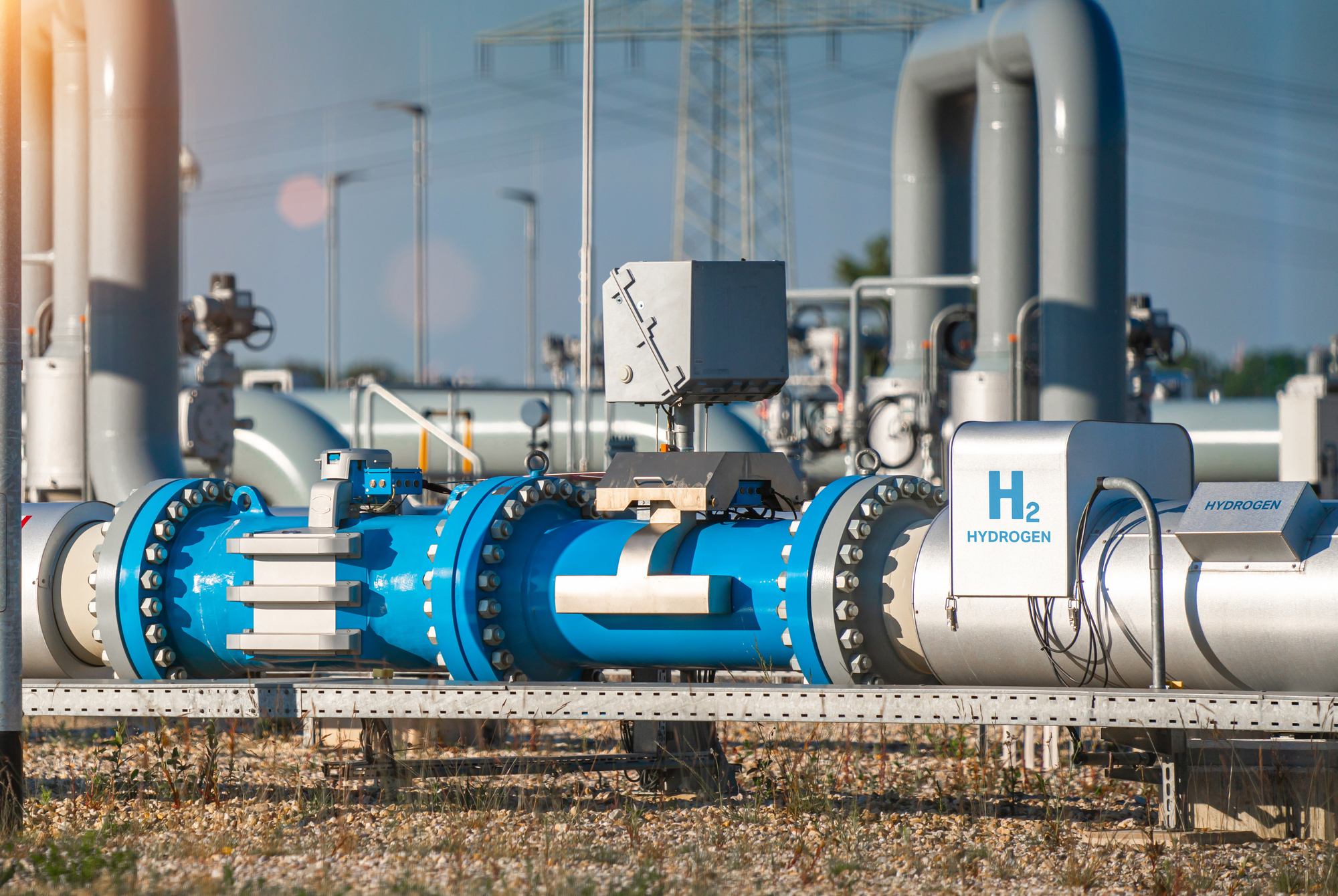What is well-to-tank energy distribution (W2T)?

Well-to-tank energy distribution (W2T) refers to the energy required to extract, produce, and transport a fuel from its original source—such as crude oil or natural gas—to a storage tank at a fuelling station. This includes all the energy used in the extraction, processing, and transportation of the raw materials, as well as the energy required to refine the fuel and transport it to the fuelling station.
Why well-to-tank energy distribution is important
The W2T energy distribution is an important aspect of energy analysis and is often used in life cycle assessments (LCAs) to evaluate the environmental impacts of different fuels. By taking into account the full energy required to produce and distribute a fuel, rather than just the energy consumed during use (such as in a vehicle), a more comprehensive and accurate assessment of the fuel’s environmental impact can be made. In other words, this removes the ambiguity behind how ‘green’ some new fuel sources actually are and how they compare in real terms.
For example, hydrogen fuel has a 26% W2T energy loss. This means that before even putting the fuel in a vehicle, more than 1/4 has already been lost. This must be factored in when evaluating the fuel efficiency of a vehicle for environmental purposes.